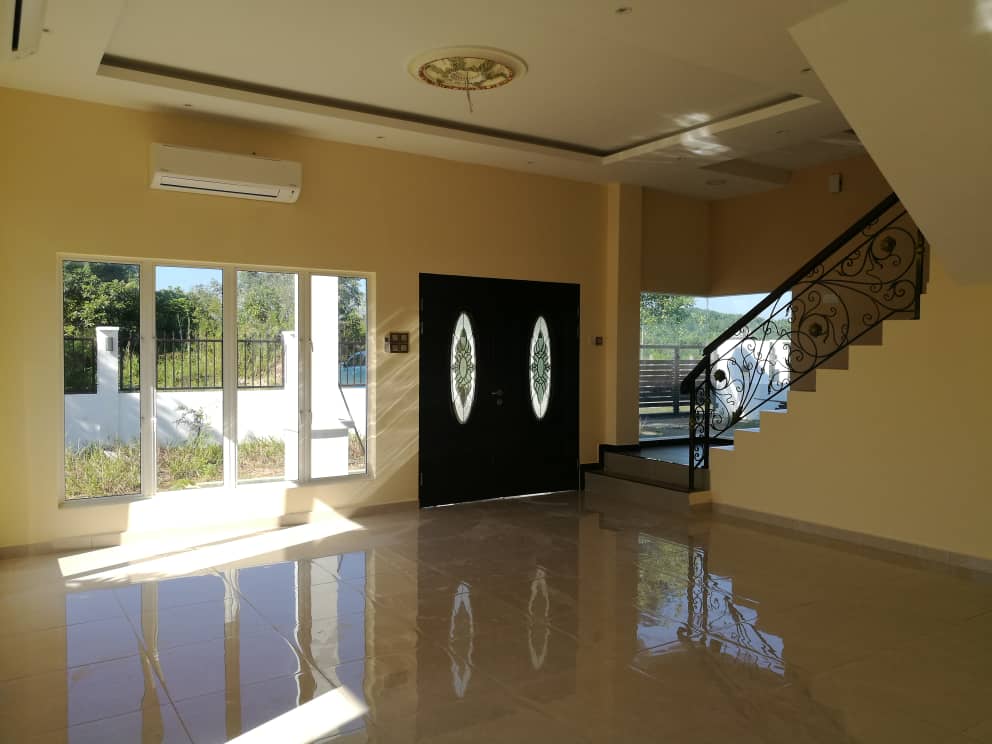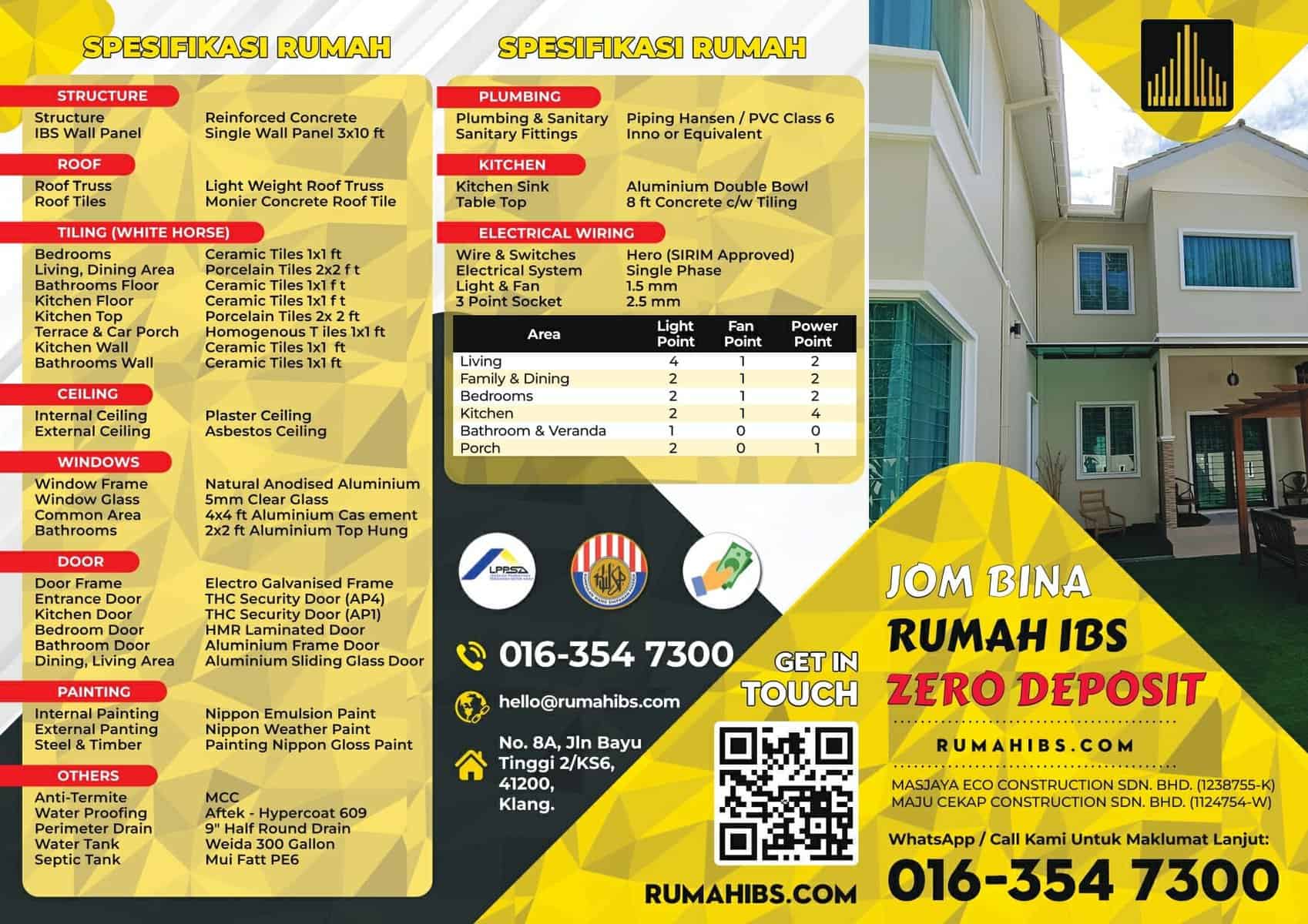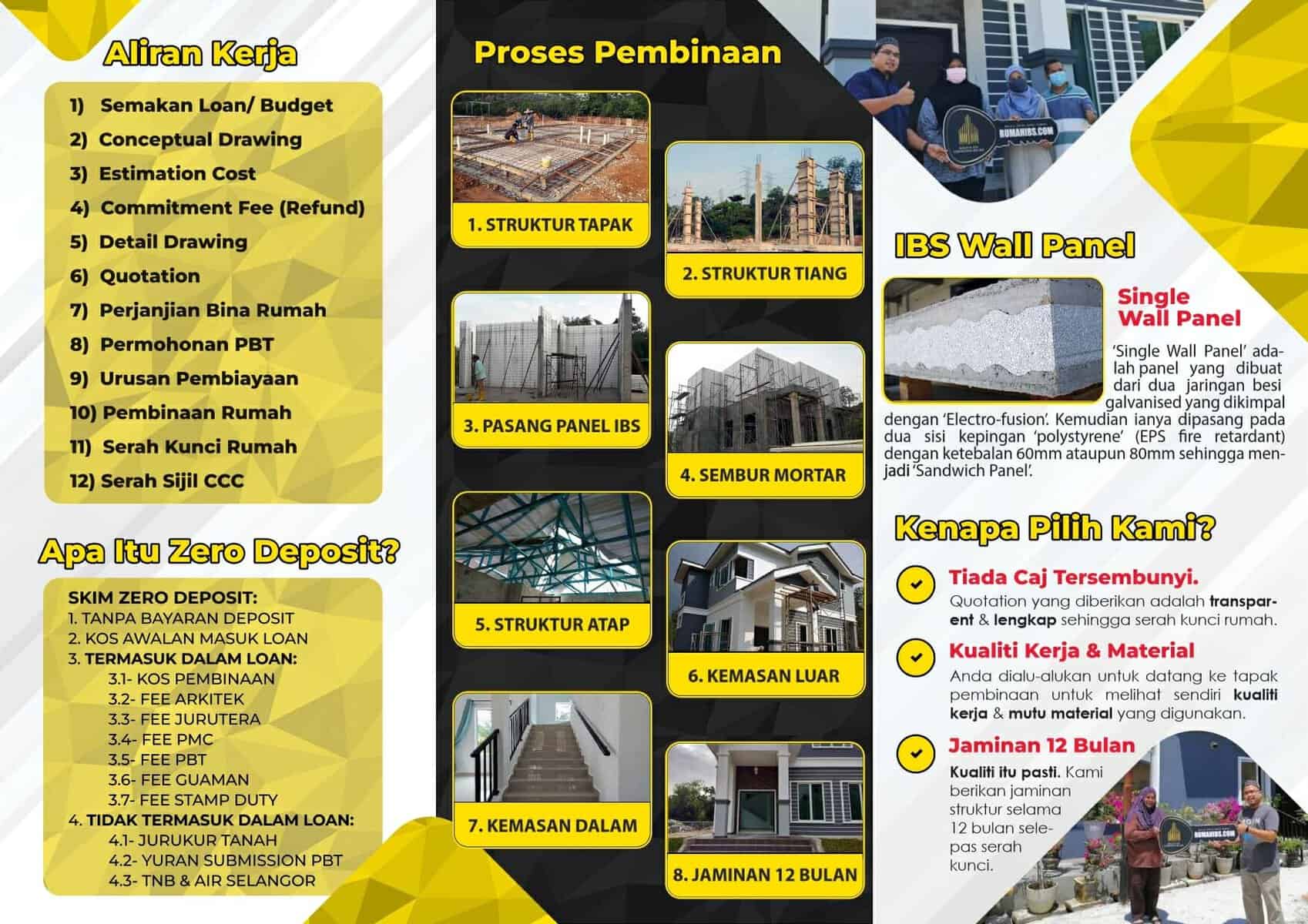
Blog
Assessing Life Cycle Costs in IBS Construction: A Comprehensive Guide


Assessing Life Cycle Costs in IBS Construction: A Comprehensive Guide
Table of Contents
- Introduction
- Understanding Life Cycle Costs
- Benefits of IBS Construction
- Factors Affecting Life Cycle Costs
- 4.1 Initial Construction Costs
- 4.2 Maintenance and Operation Costs
- 4.3 Energy Efficiency Considerations
- 4.4 Durability and Life Expectancy of IBS Buildings
- Life Cycle Cost Analysis Techniques
- 5.1 Present Value Analysis
- 5.2 Discount Rates and Inflation
- 5.3 Time Value of Money
- Case Studies: Comparing Life Cycle Costs in IBS and Conventional Construction
- Importance of Life Cycle Cost Assessment
- Future Trends and Innovations in IBS Construction
- Conclusion
- FAQs (Frequently Asked Questions)
1. Introduction
In the world of construction, Industrialized Building System (IBS) has emerged as a popular approach due to its efficiency, speed, and cost-effectiveness. However, it is crucial to consider the long-term implications of constructing and maintaining IBS buildings, especially when it comes to assessing the life cycle costs involved. This comprehensive guide explores the concept of life cycle costs in IBS construction and emphasizes its significance in making informed decisions.
2. Understanding Life Cycle Costs
Before delving into the details of life cycle costs in IBS construction, it is essential to grasp the concept itself. Life cycle costs refer to the total expenses incurred throughout a building’s lifespan, encompassing initial construction, operation, maintenance, and eventual disposal or demolition. It provides a holistic perspective on the financial implications associated with a building’s life cycle.
3. Benefits of IBS Construction
IBS construction offers numerous advantages over traditional construction methods. These benefits include faster construction times, reduced labor requirements, enhanced quality control, improved safety, and increased energy efficiency. By understanding these advantages, stakeholders can better assess the value of IBS construction in terms of life cycle costs.
4. Factors Affecting Life Cycle Costs
Several factors influence the life cycle costs of IBS construction. It is essential to consider these factors comprehensively to gain a clear understanding of the financial implications involved. The key factors affecting life cycle costs in IBS construction are as follows:
4.1 Initial Construction Costs
The initial construction costs play a significant role in assessing the life cycle costs of IBS buildings. While IBS construction may involve higher upfront expenses compared to conventional methods, it is crucial to consider the long-term benefits and potential cost savings. Factors such as material selection, transportation, and installation costs contribute to the overall initial costs.
4.2 Maintenance and Operation Costs
Maintenance and operation costs constitute a substantial portion of the life cycle expenses. IBS buildings often require less maintenance due to their high-quality prefabricated components. Regular inspections, routine maintenance, and timely repairs are necessary to ensure the longevity and optimal performance of IBS structures. By effectively managing maintenance and operation costs, stakeholders can mitigate long-term financial burdens.
4.3 Energy Efficiency Considerations
Energy efficiency is a vital aspect of life cycle cost assessment in IBS construction. IBS buildings can incorporate design features that promote energy efficiency, such as proper insulation, efficient HVAC systems, and utilization of sustainable energy sources. By implementing these energy-efficient measures, IBS buildings can reduce long-term energy consumption and associated costs.
4.4 Durability and Life Expectancy of IBS Buildings
The durability and life expectancy of IBS buildings significantly impact their life cycle costs. IBS components are designed to withstand various environmental conditions, ensuring longevity and minimizing repair or replacement costs. Proper quality control during the manufacturing and installation processes is crucial in achieving durable IBS structures with extended life expectancy.
5. Life Cycle Cost Analysis Techniques
To accurately assess the life cycle costs of IBS construction, various analysis techniques can be employed. These techniques consider factors such as present value analysis, discount rates, inflation rates, and the time value of money. By utilizing these analysis techniques, stakeholders can make informed decisions by comparing the financial implications of different construction methods and building designs.
5.1 Present Value Analysis
Present value analysis is a widely used technique in assessing life cycle costs. It involves discounting future cash flows to their present values, accounting for the time value of money. This technique enables stakeholders to evaluate the cost-effectiveness of IBS construction over time.
5.2 Discount Rates and Inflation
Discount rates and inflation rates are essential considerations in life cycle cost analysis. The discount rate accounts for the opportunity cost of money and reflects the rate of return expected from alternative investments. Inflation rates capture the potential increase in costs over time. By appropriately setting discount rates and considering inflation, stakeholders can make accurate projections of future costs.
5.3 Time Value of Money
The time value of money recognizes that a dollar received in the future is worth less than a dollar received today. This concept is vital in life cycle cost analysis as it adjusts future cash flows to their present values. By incorporating the time value of money, stakeholders can effectively compare the financial implications of different investment options.
6. Case Studies: Comparing Life Cycle Costs in IBS and Conventional Construction
Examining case studies that compare the life cycle costs of IBS and conventional construction methods provides valuable insights into the practical application of life cycle cost assessment. These studies analyze real-world scenarios, enabling stakeholders to understand the potential cost savings and environmental benefits associated with IBS buildings.
7. Importance of Life Cycle Cost Assessment
Accurate assessment of life cycle costs is essential for making informed decisions in IBS construction projects. It enables stakeholders to evaluate the financial viability, sustainability, and long-term benefits of IBS buildings. By considering the complete life cycle costs, project owners and developers can make cost-effective choices and achieve optimal returns on investment.
8. Future Trends and Innovations in IBS Construction
The field of IBS construction is continuously evolving, with ongoing research and innovations. Future trends in IBS construction aim to further optimize life cycle costs by incorporating advanced technologies, sustainable materials, and improved construction processes. These innovations have the potential to enhance the overall cost-effectiveness and sustainability of IBS buildings.
9. Conclusion
Assessing life cycle costs is crucial in the context of IBS construction. It allows stakeholders to make informed decisions by considering the complete financial implications of constructing and maintaining IBS buildings. By understanding the factors influencing life cycle costs and employing appropriate analysis techniques, project owners can optimize their investments and contribute to sustainable development.
FAQs (Frequently Asked Questions)
Q1: What are the main components of life cycle costs in IBS construction?
The main components of life cycle costs in IBS construction include initial construction costs, maintenance and operation expenses, energy consumption, and potential future modifications or renovations.
Q2: How does IBS construction reduce maintenance costs?
IBS construction reduces maintenance costs through the use of high-quality prefabricated components that require less maintenance and repairs compared to conventional construction methods.
Q3: Are IBS buildings more energy-efficient?
Yes, IBS buildings are often more energy-efficient due to their design features and use of sustainable materials. Proper insulation and efficient HVAC systems contribute to reduced energy consumption and lower operating costs.
Q4: Can life cycle cost analysis be applied to other construction methods?
Yes, life cycle cost analysis can be applied to various construction methods to assess the financial implications and long-term benefits of different building designs and technologies.
Q5: How can stakeholders benefit from assessing life cycle costs in IBS construction?
Assessing life cycle costs in IBS construction allows stakeholders to make cost-effective decisions, evaluate the sustainability of building projects, and achieve optimal returns on investment.





